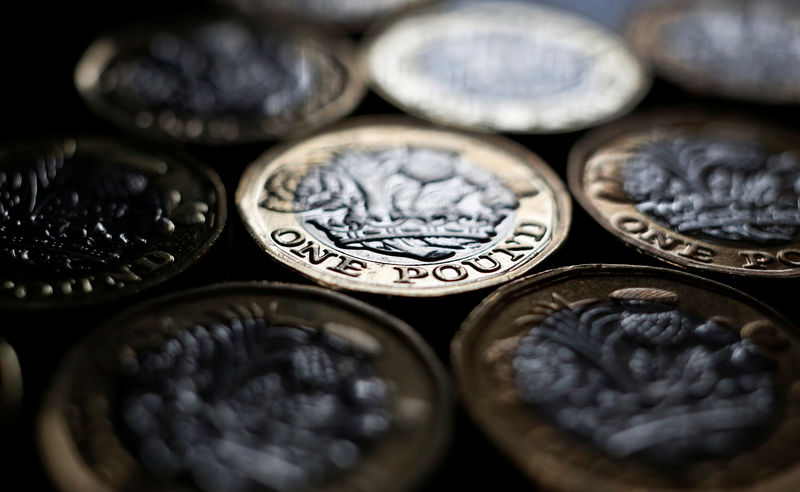(Bloomberg) -- The words used to describe the UK economy and its currency are growing increasingly dire as analysts revise down their forecasts.
Earlier this month, Bank of England Governor Andrew Bailey said a surge in food costs could have “apocalyptic” consequences for the poorest people in society and the global economy. On Monday, Bank of America Corp. strategists warned of “existential” risks to sterling.
The vocabulary is translating into the numbers. The consensus year-end 2022 forecast for the pound against the euro weakened Tuesday to the worst in over a year, according to a Bloomberg survey. RBC (TSX:RY) Capital Markets is leading the bears, predicting a 13% slide to $1.10 by year-end. It sees the euro surging to 91 pence, a level not seen since 2020. Of the 23 currencies Cole’s team tracks, they are most bearish on sterling.
“The market has to go much further in pricing out BOE hikes as the pendulum swings from inflation to weaker growth,” said Adam Cole, chief currency strategist at RBC, in an interview. “Longer-term, sterling is significantly overvalued in real terms and we still have concerns on UK financial imbalances.”
Such negative outlooks on the pound are notable given 2022 has already proved tough, with sterling the third-worst performing major currency this year. That comes despite four BOE interest-rate increases since December and money markets bracing for more in each of its next five decisions.
It traded as low as $1.2156 earlier this month amid broad dollar strength, its lowest since the early months of the pandemic. Though it has since rebounded to around $1.26 amid improving risk sentiment, that’s still down about 7% this year. Against the euro, which shares some regional headwinds with the UK currency given its proximity, it is down around 1.3%.
To be sure, some analysts see the pound’s decline as overdone.
“The pound’s biggest support comes from its valuation,” said Kit Juckes, chief FX strategist at Societe Generale, noting the pound is 4% below its average since the 2016 Brexit referendum. “I’d be surprised if the average GBP/USD level over the next 5 years is under 1.30, but that said I wouldn’t be very surprised to see it trade below 1.20 before it gets back above 1.30.”
Top Forecaster
But Dutch lender Rabobank -- the top forecaster for the euro-pound pair last quarter, according to Bloomberg rankings -- warns it’s not over yet. Jane Foley, their head of currency strategy, sees the common currency rallying to 88 pence over the next 12 months.
“The pound’s reaction to the BOE’s May meeting was very telling. Despite another rate hike and an increase in inflation predictions from the Bank, GBP traded poorly on the back of lower growth warnings,” she said. “The UK suffers a current-account deficit and arguably this increases the pound’s sensitively to bad news both on the economy and from politics -- particularly given that many overseas investors have never understood Brexit.”
BofA’s Kamal Sharma reignited comparison between sterling’s behavior and that of emerging-market currencies on Monday. It’s a provocative juxtaposition, given sterling’s status as one of the world’s most-traded Group-of-10 currencies, though one that RBC’s Cole agrees has some merit.
“We think there are some parallels, largely relating to central-bank credibility, which the UK lacks relative to other G10 countries,” said Cole of the EM analogy.
©2022 Bloomberg L.P.
